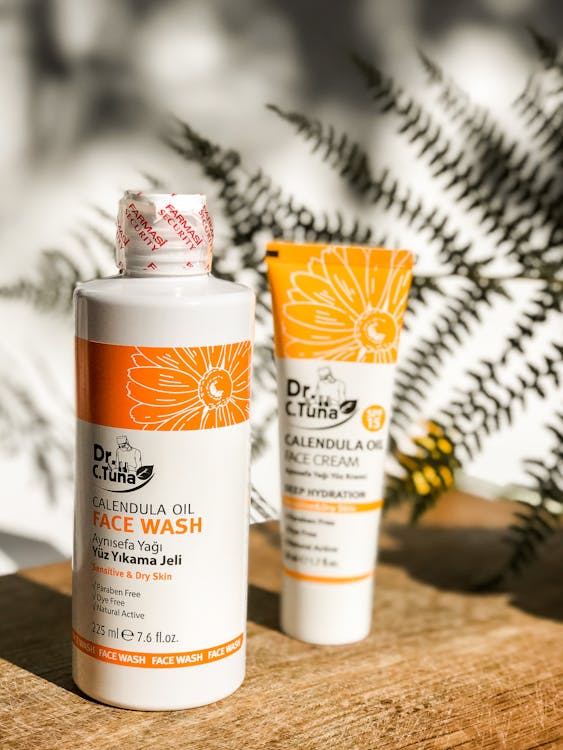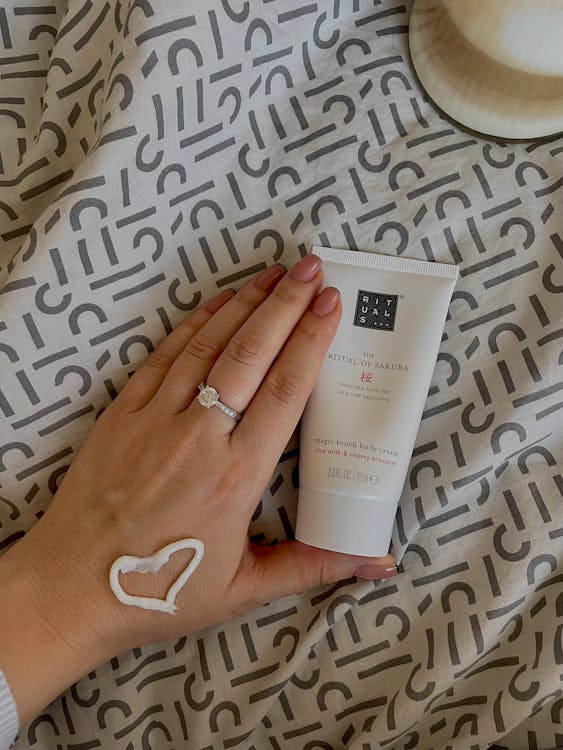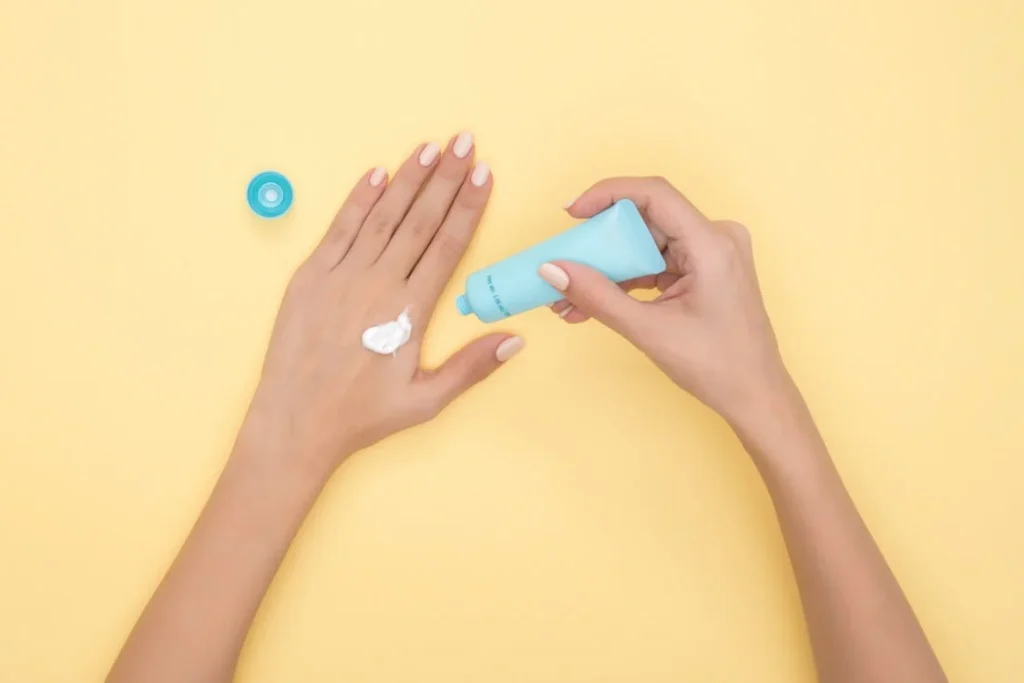The Best Science of Skin Care Creams Ingredients Benefits And Skin Health Top 10


Care Creams is an essential aspect of personal health and wellness, one that has become increasingly significant as people become more conscious of their appearance and overall skin health. Among the most commonly used skincare products are skincare creams, which have long been heralded for their ability to hydrate, protect, and rejuvenate the skin. However, skincare creams are not created equal; they can vary dramatically depending on their ingredients, formulation, purpose, and the specific needs of the skin. This long-form exploration into skincare creams aims to unravel the complexities behind these formulations, shedding light on how they work, what makes them effective, and how to choose the right one for individual skin concerns.
Thank you for reading this post, don't forget to subscribe!The Anatomy of Skincare Creams A Look into Ingredients
To understand skincare creams, we must first delve into the anatomy of these formulations. Skincare creams are typically emulsions, which means they are a blend of water and oil held together by emulsifiers. These emulsions provide a delivery system for various active ingredients that target specific skin concerns, such as dryness, acne, aging, or pigmentation. A good skincare cream will combine humectants, emollients, occlusives, and active ingredients to create a comprehensive approach to skin health.
Humectants: The Hydration Heroes
Humectants are ingredients that attract water from the environment or the deeper layers of the skin to the surface. They are essential in maintaining moisture balance, especially in dry climates or for individuals with dehydrated skin. Common humectants include glycerin, hyaluronic acid, and urea. These substances work by pulling water into the epidermis, thereby plumping up the skin, reducing the appearance of fine lines, and improving overall texture.
Emollients: Smoothing and Softening the Skin
Emollients are another critical component in skincare creams, playing a role in smoothing and softening the skin. These ingredients work by filling the spaces between skin cells, creating a barrier that makes the skin feel smoother and more supple. Common emollients include plant oils like jojoba oil, shea butter, and cocoa butter. By providing a protective barrier on the skin’s surface, emollients help to prevent water loss, thereby keeping the skin hydrated and protected from environmental stressors.
Occlusives: Locking in Moisture

Occlusives are ingredients that form a physical barrier on the skin to prevent water loss. These are especially important for individuals with dry or compromised skin barriers. Common occlusives include petrolatum, beeswax, and lanolin. While these ingredients can be very effective in preventing transepidermal water loss, they can also feel heavy or greasy, which is why they are often used in smaller concentrations or in combination with lighter emollients and humectants.
Active Ingredients: Targeting Specific Skin Concerns
The real magic of skincare creams often lies in their active ingredients—substances that are designed to address specific skin concerns. These can range from anti-aging ingredients like retinoids and peptides, to brightening agents like vitamin C and niacinamide, to acne-fighting ingredients like salicylic acid and benzoyl peroxide. Each active ingredient serves a specific function, and the choice of these ingredients should be tailored to an individual’s skin type and concerns.
For example, retinoids are renowned for their ability to stimulate collagen production and speed up cell turnover, making them a favorite for addressing fine lines and wrinkles. On the other hand, salicylic acid is a beta-hydroxy acid that works by exfoliating the skin and clearing out clogged pores, making it ideal for those with acne-prone skin. Vitamin C is a potent antioxidant that can brighten the skin, reduce hyperpigmentation, and protect against environmental damage, making it a great choice for those looking to improve skin tone and texture.
The Role of pH in Skincare Creams: Why it Matters
One often overlooked but crucial aspect of skincare creams is their pH level. The skin’s natural pH is slightly acidic, usually around 4.7 to 5.75. This acidity helps maintain the skin’s protective barrier, known as the acid mantle, which protects against harmful bacteria and environmental pollutants. When a skincare cream is too alkaline, it can disrupt this barrier, leading to dryness, irritation, and a compromised skin barrier. Conversely, if the cream is too acidic, it may cause stinging or redness, especially in individuals with sensitive skin.
The ideal skincare cream will be formulated to match the skin’s natural pH, ensuring that it works in harmony with the skin’s physiology. Many modern skincare brands now test and adjust the pH of their formulations to ensure they are suitable for daily use without disrupting the skin’s balance.
The Importance of Preservatives in Skincare Creams
Another important consideration in the formulation of skincare creams is the use of preservatives. Because skincare creams often contain water, they are prone to contamination by bacteria, mold, and yeast, which can compromise both the safety and efficacy of the product. To prevent this, manufacturers add preservatives such as parabens, phenoxyethanol, or sodium benzoate.
While preservatives are essential for ensuring the longevity and safety of a product, there has been some controversy surrounding certain types of preservatives, particularly parabens, which have been linked to potential health risks. As a result, many brands have moved towards paraben-free formulations, opting for alternative preservatives that are considered to be safer for long-term use.
Types of Skincare Creams: Tailoring to Skin Needs
There are several types of skincare creams available, each designed to address specific skin needs and conditions. Understanding the different types can help individuals choose the right product for their unique skin concerns.
Moisturizing Creams: Hydration for All Skin Types
Moisturizing creams are perhaps the most common type of skincare cream. They are designed to provide hydration to the skin, making them essential for daily use, especially for individuals with dry or normal skin. These creams typically contain a mix of humectants, emollients, and occlusives to deliver balanced hydration without clogging pores.
For oily or acne-prone skin, lightweight, oil-free moisturizers are ideal. These creams often contain ingredients like aloe vera, glycerin, and squalane, which provide hydration without leaving a greasy residue. On the other hand, individuals with very dry skin may benefit from heavier, cream-based moisturizers that contain rich oils like argan oil or ceramides to lock in moisture and restore the skin’s barrier.
Anti-Aging Creams: Combatting Fine Lines and Wrinkles

Anti-aging creams are formulated to target the visible signs of aging, such as fine lines, wrinkles, and loss of elasticity. These creams often contain powerful active ingredients like retinol, peptides, and antioxidants that stimulate collagen production, improve skin texture, and reduce the appearance of wrinkles.
Retinol, a derivative of vitamin A, is one of the most widely studied and effective ingredients in anti-aging skincare. It works by increasing cell turnover and stimulating the production of collagen, which helps to reduce the depth of wrinkles and improve overall skin texture. However, retinol can be irritating for some individuals, especially those with sensitive skin, which is why it’s often formulated in combination with soothing ingredients like niacinamide or hyaluronic acid.
Brightening Creams: Evening Out Skin Tone
Brightening creams are designed to target hyperpigmentation, dark spots, and uneven skin tone. These creams often contain ingredients like vitamin C, licorice extract, arbutin, and niacinamide, which work to inhibit melanin production and fade existing pigmentation.
Vitamin C is a powerful antioxidant that not only brightens the skin but also protects it from environmental damage caused by free radicals. Niacinamide, a form of vitamin B3, is another popular ingredient in brightening creams, as it helps to reduce the appearance of dark spots and improve skin clarity.
Night Creams: Repairing and Regenerating
Night creams are specifically formulated to work with the skin’s natural repair processes, which are more active during the night. These creams tend to be richer and more hydrating than day creams, and they often contain ingredients like retinoids, peptides, and hyaluronic acid to promote cellular repair and regeneration.
Because the skin loses more moisture during the night, night creams typically have a higher concentration of occlusives and emollients to lock in hydration and prevent water loss. Many night creams also contain anti-aging ingredients, as the skin is more receptive to these ingredients during its repair cycle.
Choosing the Right Skincare Cream for Your Skin Type
Selecting the right skincare cream can be a daunting task, given the multitude of options available. However, by understanding your skin type and its specific needs, you can narrow down your choices to find a product that will effectively address your concerns.
Dry Skin
For individuals with dry skin, look for creams that contain rich emollients like shea butter, cocoa butter, and ceramides. These ingredients will help to restore the skin’s moisture barrier and prevent water loss. Hyaluronic acid is another key ingredient for dry skin, as it attracts and holds moisture in the skin, providing long-lasting hydration.
